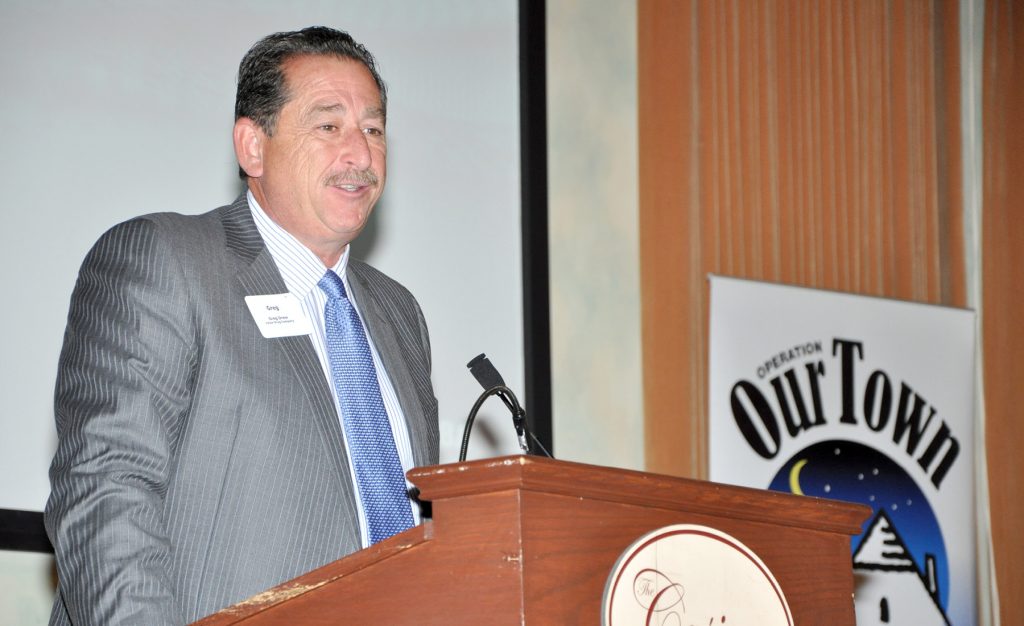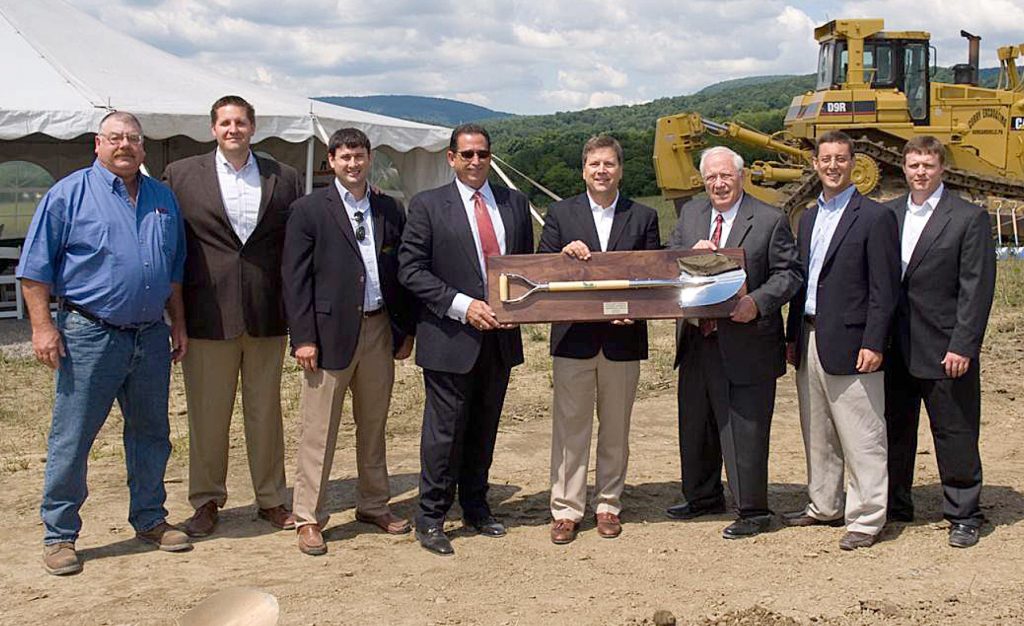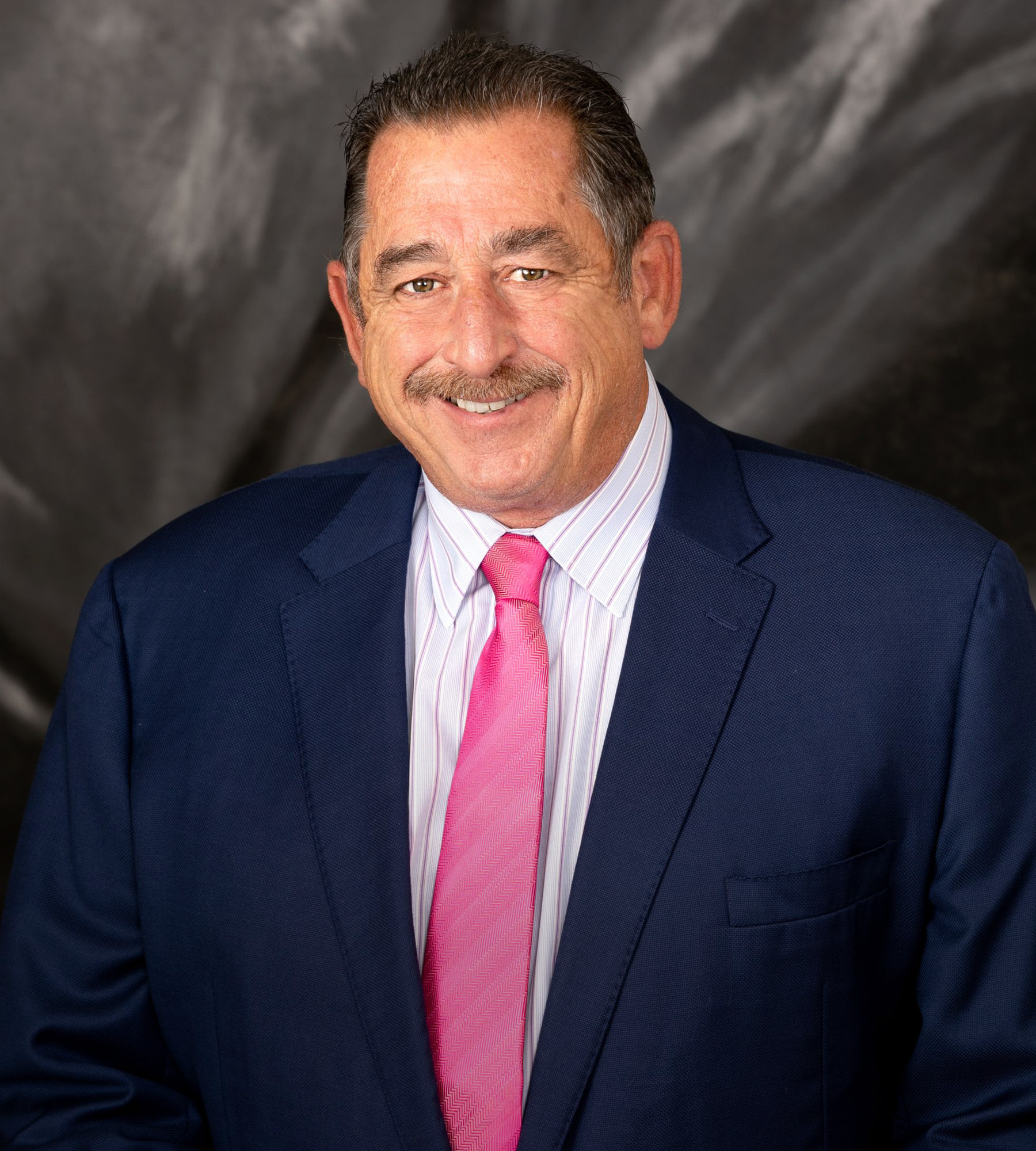Language
You can read the magazine in one of the following languages
The Value Drug Company was formed in 1934 with a very simple objective. The 19 local pharmacies around the country town of Altoona at the foot of Brush Mountain in Blair County, Pennsylvania, had been frustrated by how much they had to pay for the drugs they sold.
The US was still reeling from the Great Depression, so times were tough and many shops and businesses were already shuttered. The pharmacists feared they’d be next if they couldn’t get better deals from their suppliers.
After holding an emergency meeting in one store owner’s cramped basement, they decided to form a cooperative so they could bulk buy what they needed. The Value Drug Company began with five employees squashed into a small, ramshackle building attempting to pull off deals to keep their members afloat.
And it worked.
Over the following decades, more and more pharmacists eagerly joined the group and saw immediate benefits. It also helped them diversify and add more services as they transformed from apothecaries for basic medical needs into complete healthcare destinations for a vast range of conditions and expert advice on wellness, medicine and alternative treatment options.
Today, Value Drug operates from a 205,000 square-foot high-tech distribution center, in Duncansville, four miles from Altoona, and has almost 300 members working across 600 independent pharmacies in 10 states.

Greg on a tour of the warehouse with US Congressman John Joyce.
Greg Drew was appointed president 13 years ago and insists that, while pharmacy has changed beyond all recognition, the values and objectives of the company haven’t.
“Our primary goal is still to increase the financial health of our members,” he tells The CEO Magazine. “And, you know, that’s unique. Usually in a corporate setting, you’re not trying to help your customer more than yourself!
Usually in a corporate setting, you’re not trying to help your customer more than yourself!
“But any net profitability is immediately returned to the shareholders, so they’re vested in our success.”
Greg has a team of pharmacy strategists that devote their entire effort to making every single store as profitable as possible. And these days, they’re not just negotiating the best price for medications – they go in with a whole suite of services and help the businesses convert to the operating model that delivers the best net returns.
“We’re very much engaged in ensuring we’re best-in-class for pharmaceutical distribution, but we’re also introducing them to more clinically based services that facilitate alternative revenue streams.
“So whether that’s running immunization clinics, providing patient counselling services or taking advantage of health plan evaluation scenarios, we help them focus on the long-term care component of pharmacy, which they may have not been exposed to before.”
Greg has been devoted to the industry all his career. After running some independent community drugstores, he became an executive with Rite Aid Corporation, a pharmacy chain based out of Pennsylvania, where he held several senior roles.
After 15 years there, he was appointed president of Value Drug in 2009, with scope to run the company on a day-to-day basis.
He’d touched many different parts of the healthcare supply chain, but had never been in pharmaceutical distribution. What really piqued his interest was that Value Drug is owned by its members.
“Our customers are also our shareholders, which is an unusual perspective. It gave me the opportunity to stay connected with pharmacy while entering a new part of the healthcare supply chain and distribution.
“I’ve been fortunate to have a very supportive board who’ve let me undertake numerous initiatives over the past 13 years to follow our mission, which is to make our shareholders and customers more successful.”
One of his most important actions after taking over was diversifying into the specialty pharmacy business, which involves giving independents the option to send specialty prescriptions for fulfillment without the need for traditional pharmacy benefit manager owned mail order facilities.
The scheme has become the preferred method for anyone needing complex medication for chronic illnesses, and means more people can access pharmacy care remotely versus in-person at their local pharmacy.
“Effectively they’re halfway between what’s delivered in a community drugstore and an intensive hospital environment. We have two premises set up so far: one close to us in Duncansville and the other in Memphis, Tennessee. Both are licensed to fill prescriptions for all 50 states.
“We’re very much looking to expand those businesses as they represent 10 per cent of our company-wide revenue stream, so we see them as a safety net against potential challenges within the distribution sector.”

Greg accepting a Distinguished Community Service award for work with Operation Our Town, a community and business based partnership to promote healthy neighborhoods and reduce illicit drug use. Greg serves on the Steering Committee and is Chairman of the Pharmacy Roundtable.
Another increasingly important role for Value Drug is promoting its members’ interests on important legislative issues affecting the industry.
“From a business philosophy perspective, we exert a lot of effort in that direction. I obviously have lobbying assets and dedicate a substantial amount of time to our nationwide advocacy group, the Healthcare Distribution Alliance, where I’m a past chairman.
“That helps keep us engaged in relevant areas on a national and local level, especially in the Drug Supply Chain Security Act. That’s a very important piece of legislation that was passed several years ago, but it’s integral to the security of the pharmaceutical supply chain.”
Greg is also heavily involved in attempting to drive down the cost of drugs to benefit his members and their customers, but it’s not always easy.
“We operate as a billion-dollar-a-year company in an extremely competitive market, with rivals that are significantly bigger than us. Some are several-hundred-billion-dollar companies, so to survive, we have to do something different.”
The model he’s chosen to follow is a collaborative one, where his teams do everything in their power to understand what helps customers.
“We’re not just about selling them product, it’s providing advice, taking their calls and listening. Maybe they’re in financial straits and need a little help from our finance department,” Greg adds.
“We do whatever it takes to keep these guys going, and that’s one of the reasons they become sticky with us. They have a tendency to stay, even if we’re not the lowest price in the industry. They see a value above and beyond the cost of goods.”
Value Drug is involved in Operation Our Town, a Blair County movement to curb the abuse of opioids through education and liaising with local law enforcement agencies to protect the safety of drugstore workers. The opioid crisis has been a critical focus for the company over the past 10 years.
Data from 2020 shows over 10 million Americans misused prescription opioids in the previous 12 months, with 48,000 dying from overdoses. Opioid addiction often drives people to use heroin – three quarters of a million used it in the same reporting period, causing an additional 14,000 deaths.
In an industry characterized by small margins, it’s very challenging to match the big players on cost alone.
“We have an enormously talented category management team that gets the best price possible for a company of our size, but it’s tough to compete. My mantra is: we’ve always got to be good enough so that our members recognize they shouldn’t move their business for 50 or 100 basis points on their cost.
“They should say: ‘I can’t do without the folks at Value Drug.’ So it’s not the company they can’t do without, it’s our people. I want them to have personal relationships, not only with the sales team and the customer service team, but with the executive team.”
Other member benefits include the annual Merchandise Expo and a series of continuing education excursions. All the events are designed to bring members into contact with Value Drug’s executives and board members, so any concerns or suggestions can be shared and discussed freely.
We’re not a big, faceless corporation with customers we don’t care about.
The company also employs a strategist to advise pharmacists thinking of adding a long-term care service to their business. So far more than 70 have taken up the offer and undergone the necessary training.
To ensure Value Drug always delivers the optimum service, Greg has four regional advisory committees made up of key customers that he meets regularly to get their input and discuss potential new initiatives.
“That’s been very successful for us. They’ve given us some great ideas, told us what we might be missing and also what we’re good at. And we obviously try to accentuate what we’re good at!”
Greg argues that no company can realistically aim to not make any mistakes, so honesty and accountability are vital.
“None of us always gets it right; it just doesn’t happen. We have to be in a position where we can accept conflict and critiques of the way we’re doing things so we can make changes. We’ve been through quite an evolution in culture.
“We brought in some outside folk to help us understand the diversity in our business, and we’re currently undertaking a diversity, equity and inclusion initiative with the HDA.”
Greg himself chairs the DEI committee for the alliance’s board and believes strongly in ensuring there’s a healthy workplace culture.
“That’s important to us. Wherever you happen to be in our company – whether you’re loading trucks, buying products, developing marketing techniques or out in the field with clients – you feel part of a collaborative team. We’re not a big, faceless corporation with customers we don’t care about. We put the members first 100 per cent of the time.”
To stay as competitive as possible, Greg is prioritizing growth, with a two-pronged strategy. The first is to expand the firm’s footprint as a traditional Pennsylvania regional distributor, as a considerable percentage of the business is there.
The second is to continue the expansion into other states. The company now also trades in Ohio, Delaware, Maryland, Virginia, West Virginia, New Jersey, New York, Kentucky and Tennessee.
It’s not the company they can’t do without, it’s our people.
As it spreads further afield, the logistics of distribution become more complex, and there’s no room for complacency as the expectation in the industry is that a pharmacy can place an order up until 8pm, and get it the next day before noon.
“To achieve that, we’ve really focused on quality assurance and quality control in our warehouse operations. It’s now highly automated using advanced robotics to pick the products out before humans recheck every order to make sure the totes that have been filled and delivered are correct.
“We start out with 99.98 per cent accuracy before it even gets to the quality check, and after that, there are literally no errors. It’s important for us in terms of revenue, but it could be critical to a pharmacist 200 miles away needing medication for a very sick patient and opening the box we send to find it’s not there. So that’s an area we’ve absolutely gotten right.”

Greg at the groundbreaking for Value Drug Company’s state-of-the-art warehouse and distribution facility.
It’s an astonishing achievement given that the warehouse stocks between 26,000 and 30,000 individual products at any one time.
And, as offering such a bewilderingly large range could be confusing to the mom-and-pop pharmacists that make up so many of their members, Greg has devised new, clearer ways of communicating about new drugs, advances in treatment technology and federal recommendations.
“We have all these great things, but it’s no good if we can’t get the information out there. We try to do it without causing too much noise as our members are really busy and we have to compete with many other messages, so we’ve really streamlined it to deliver concise messaging in different formats.
“The importance of our work was never more evident than during COVID, when community pharmacy really came to the forefront,” Greg says. “We’re very proud to say that we didn’t miss a delivery throughout the entire pandemic, which is a tremendous tribute to our employees.
“Some people like text messages, others prefer email, while there are those who love good, old-fashioned faxes. Some just like to talk to us, so we’ll do whatever works best for them.
“We recently introduced a technology that creates numerous discussion groups on a conversational platform so members can basically have Twitter-like blogs, and not only interact with us, but with other pharmacies as well.”
A good example of a critical day was 9 September last year, when the federal government made two major announcements concerning the sector simultaneously. The first was authorizing pharmacists to order COVID-19 therapeutics, while the other concerned efforts to lower drug prices.
All of Value Drug’s members have come to rely on it to guide them through the labyrinth of updated guidelines, new supply chains, FDA rulings and breakthroughs in patient care. They also know that it will never stop trying to find less expensive, better quality product lines to help their bottom line.
The 19 pharmacists who met up in that basement 88 years ago felt pretty much the same way.
